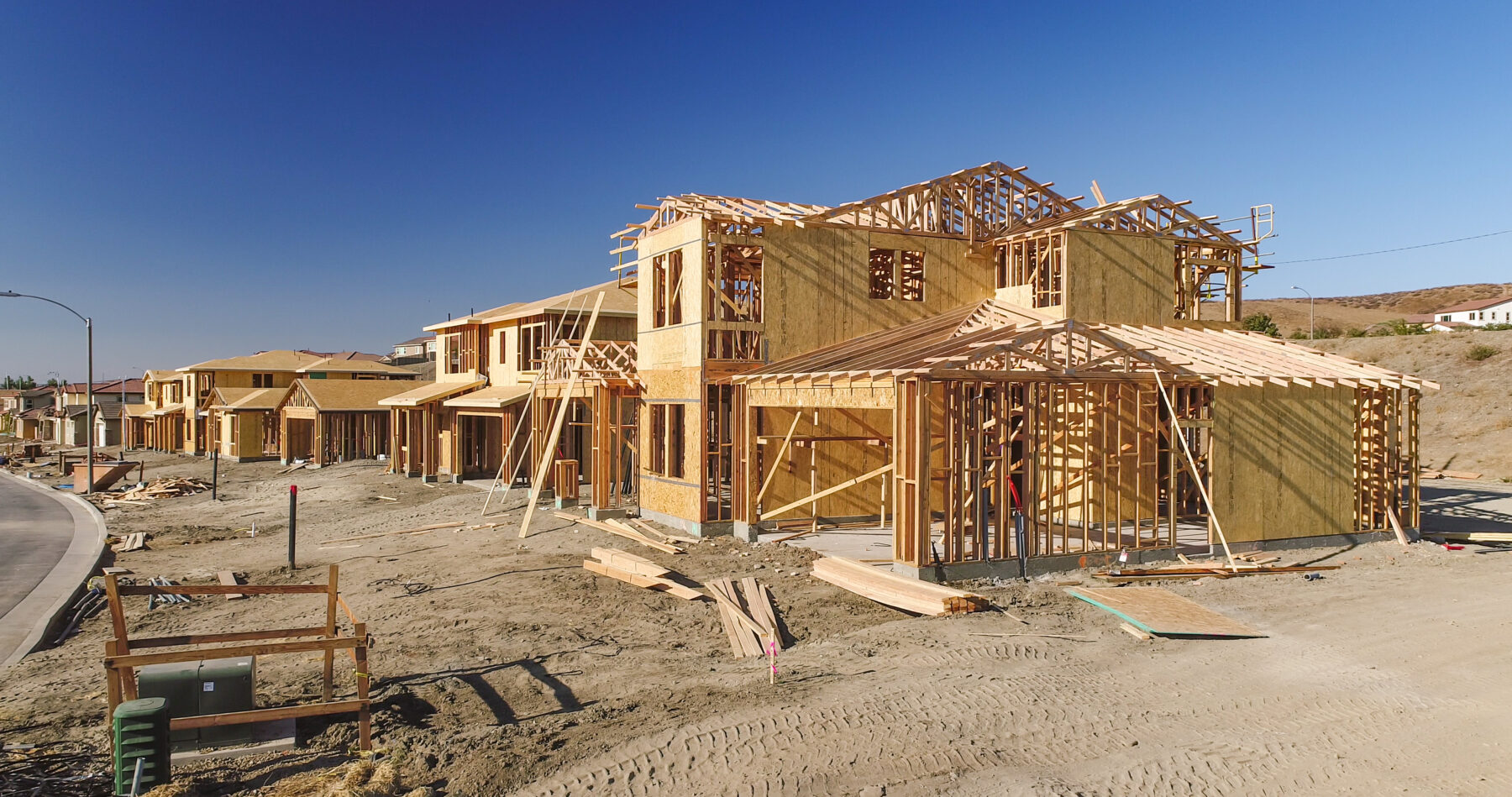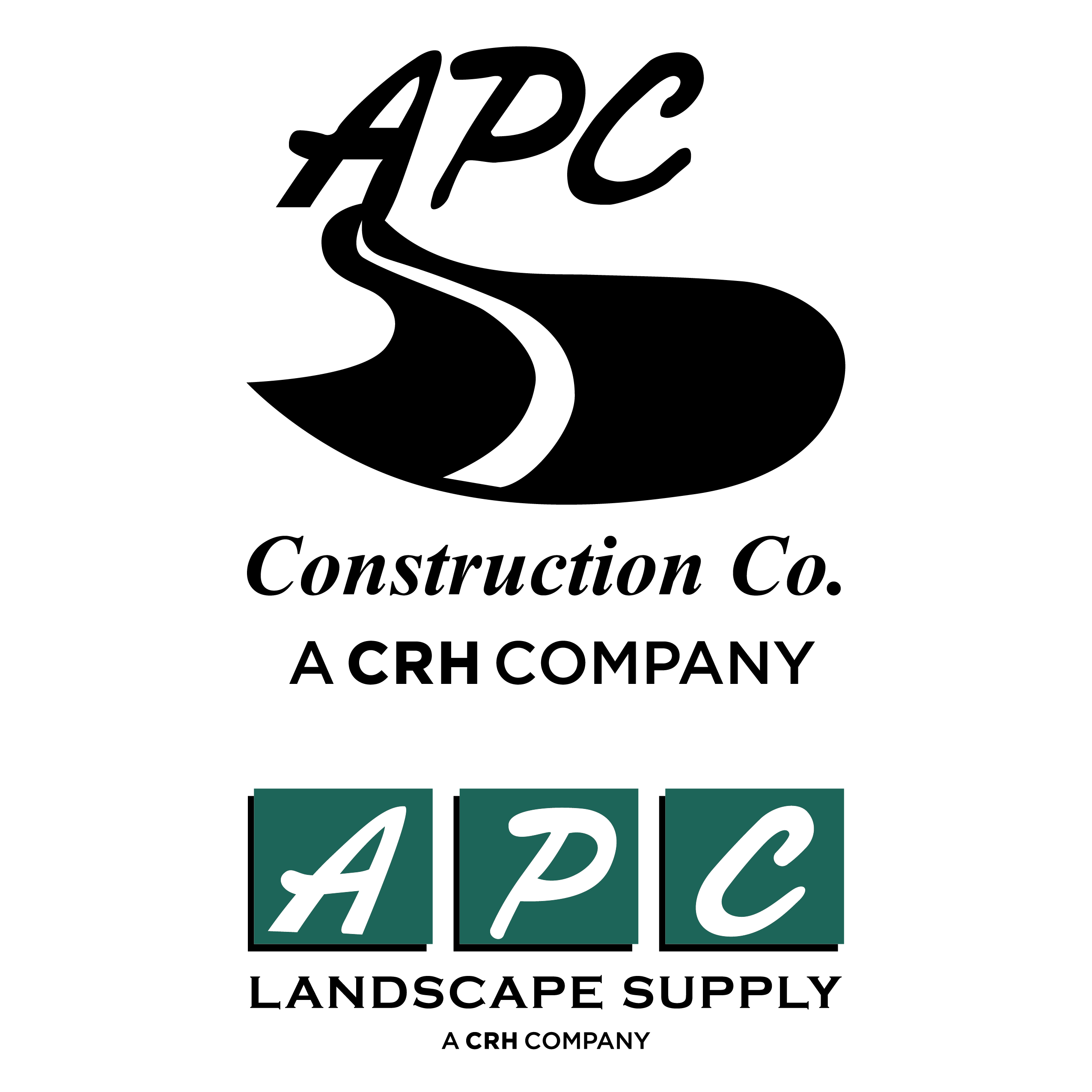The Role of Gravel and Sand in Building Suburban Subdivisions
October 10, 2025
The development of a subdivision begins with the ground itself. Gravel and sand define how stable the land will be, how smoothly construction moves forward, and how well the finished neighborhood performs over time. From roadbeds to utility corridors, these aggregates influence every stage of building, making them essential to both the function and the value of suburban communities.
Establishing a Strong Foundation
At the earliest stages of development, grading and base preparation rely on the proper placement of gravel and sand. Sand compacts to create an even bed, while gravel reinforces the base by distributing loads and reducing the potential for movement. Together, they create a foundation capable of supporting streets, sidewalks, and structural loads with consistency. This initial groundwork influences the durability of the entire subdivision, setting the stage for decades of reliable performance.
Supporting Roadways and Driveways
Transportation networks within subdivisions depend on aggregate systems to maintain smooth, lasting surfaces. A gravel base channels water away from pavement, preventing damage caused by pooling or freeze-thaw cycles. Sand contributes by filling gaps between layers, enhancing compaction, and balancing the structure as a whole. With this layered approach, roads and driveways remain steady and resilient, reducing maintenance needs for both municipalities and homeowners.
Enhancing Drainage Systems
Subdivision infrastructure must manage stormwater efficiently, and gravel and sand play central roles in that process. Gravel provides channels for water to flow, while sand contributes permeability and filtration, protecting surrounding soil from erosion. These materials together ensure that drainage systems function as designed, preserving landscapes and paved areas during periods of heavy rainfall. Effective drainage safeguards both property and community investment.
Creating Reliable Utility Beds
The unseen systems that support daily life, like water, sewer, and electrical lines, depend on stable aggregate placement. Sand cushions and shields pipes and conduits, while gravel secures trenches and prevents shifting over time. This thoughtful layering protects utilities from damage, helping them perform without disruption long after construction is complete. Strong utility beds reduce the need for repairs and preserve the integrity of essential services.
Building Recreational and Green Spaces
Parks, trails, and shared outdoor spaces bring dimension to a subdivision, and aggregates make those areas both durable and inviting. Gravel forms strong bases for walking paths, biking trails, and landscaped features, while sand delivers safe, functional surfaces in playgrounds and recreation courts. These applications highlight how aggregates support not only infrastructure but also the daily enjoyment and character of the community.
Supporting Sustainable Practices
Modern subdivision design emphasizes sustainability, and gravel and sand contribute directly to that goal. Locally sourced aggregates reduce transportation impacts while maintaining quality. In permeable applications, gravel encourages stormwater to return naturally to the ground, and sand assists with soil stabilization and filtration. These environmentally responsible uses show how aggregates support both performance and sustainability in growing neighborhoods.
Gravel and sand influence every part of subdivision development, from the stability of roadways to the protection of utilities and the design of community spaces. Their consistency delivers dependable results, giving neighborhoods a foundation that supports growth and retains value well into the future.


